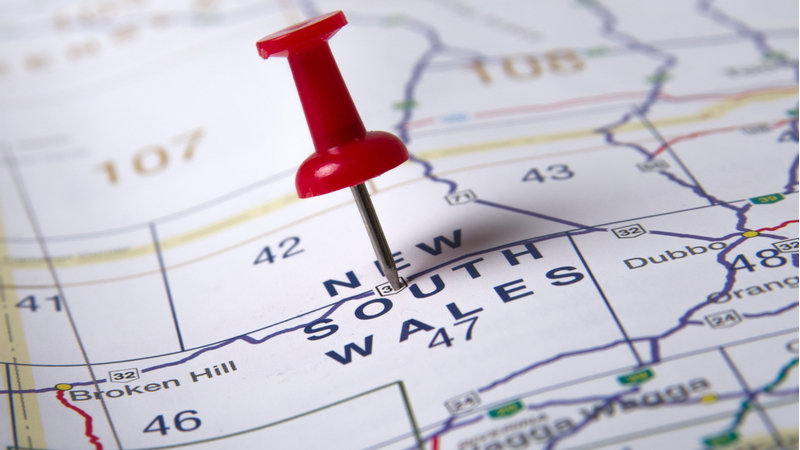The NSW-China economic relationship in 2018
June 12 2018

1. Over the past year the value of NSW goods exports to China is $8.1 billion. This is a record high. China accounts for 17.4 percent of NSW total goods exports, and is:[1]
- 0.7 times that to Japan;
- 2.1 times that to Korea; and
- 3.0 times that to the US.
2. The annual value of NSW goods exports to China increased by $1.8 billion in the past five years. During the same period NSW goods exports to:[2]
- Japan increased by $1.7 billion;
- Korea increased by $0.8 billion; and
- the US increased by 0.8 billion.
3. The annual value of NSW agriculture, forestry and fishing exports to China is $1.1 billion. This compares with:[3]
- $62.7 million to Japan;
- $31.8 million to Korea; and
- $7.9 million to the US
4. The annual value of NSW mining exports to China is $3.5 billion. This compares with:[4]
- $9.1 billion to Japan;
- $2.2 billion to Korea; and
- $1.0 million to the US.
5. The annual value of NSW manufacturing exports to China is $3.1 billion. This compares with:[5]
- $1.5 billion to Japan;
- $1.0 billion to Korea; and
- $2.6 billion to the US.
6. Services exports are a major income earner for NSW – worth $35.7 billion in 2017. Topping the list are education and tourism.[6] There are currently 69,407 Chinese nationals studying in NSW. This is 38.0 percent of all Chinese students in Australia, and compares with:[7]
- 2,812 from Japan;
- 8,623 from Korea; and
- 3,247 from the US.
7. NSW had 776,000 visitors from China in 2017. This compares with:[8]
- 166,000 from Japan;
- 221,000 from Korea; and
- 457,000 from the US.
While accounting for 18.7 percent of visitors to NSW, those from China accounted for 31 percent of total visitor expenditure.[9]
8. Chinese investment in NSW in 2017 totalled $5.6 billion. This was 42 percent of all Chinese investment in Australia.[10]
This fact sheet was prepared by James Laurenceson, Deputy Director, Australia-China Relations Institute, University of Technology Sydney.
Sources:
[1] Australian Bureau of Statistics, April 2018 <http://stat.data.abs.gov.au>.
[2] Ibid.
[3] Ibid.
[4] Ibid.
[5] Ibid.
[6] Australian Bureau of Statistics, ‘International Trade: Supplementary Information, Calendar Year, 2017’, May 25 2018 <http://www.abs.gov.au/ausstats/abs@.nsf/mf/5368.0.55.004>.
[7] Department of Education and Training, March 2018 <https://internationaleducation.gov.au/research/International-Student-Dat...
[8] Destination NSW, ‘International travel to NSW year ended December 2017’, 2018 <https://www.destinationnsw.com.au/wp-content/uploads/2018/03/nsw-interna....
[9] Destination NSW, ‘NSW international visitation year ending December 2017 <https://www.destinationnsw.com.au/wp-content/uploads/2018/04/nsw-interna....
[10] Figures include investment deals over $5 million and exclude residential real estate, Source: KPMG and the University of Sydney, ‘Demystifying Chinese investment in Australia’, 2018 <http://demystifyingchina.com.au/>.

